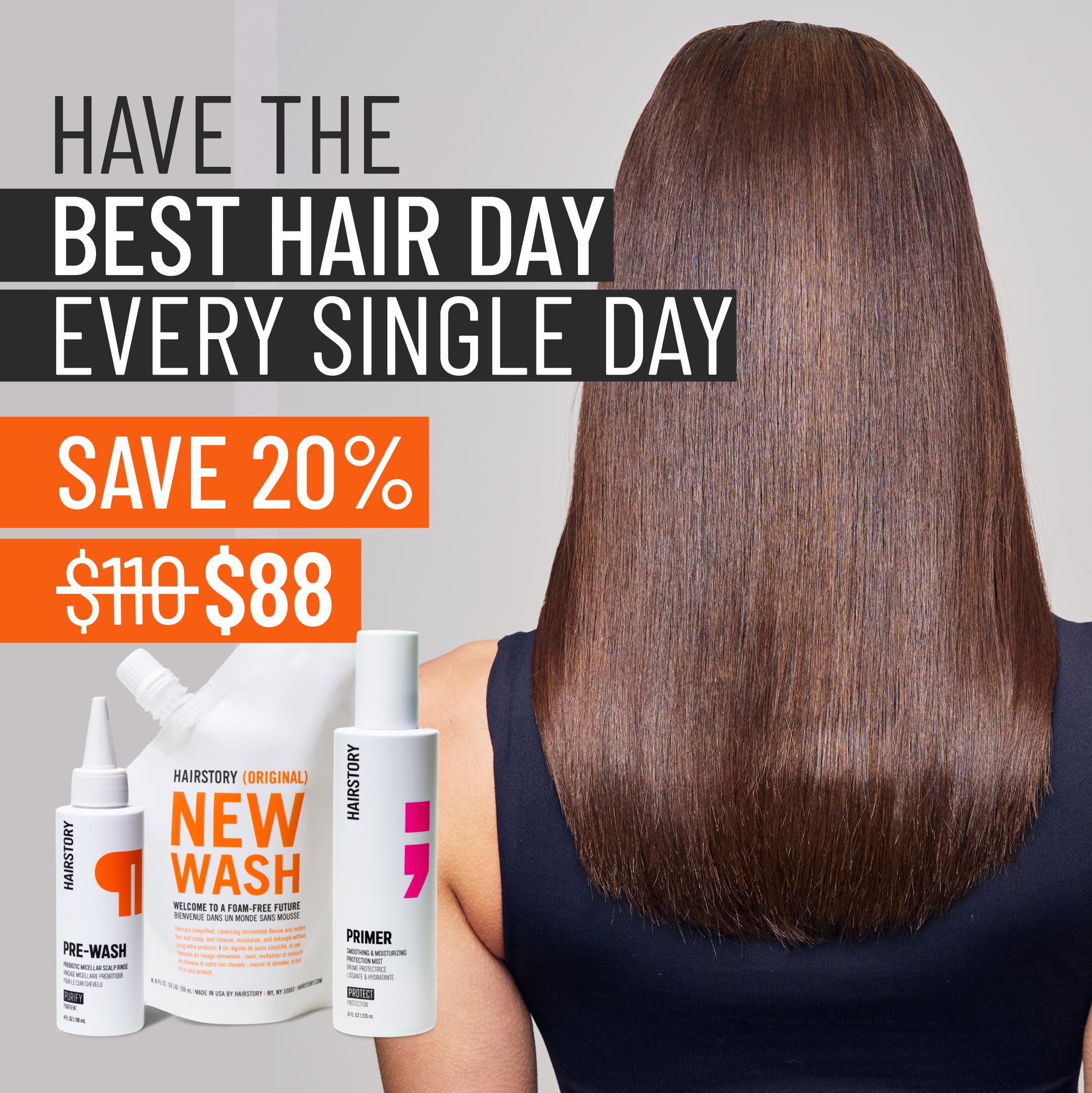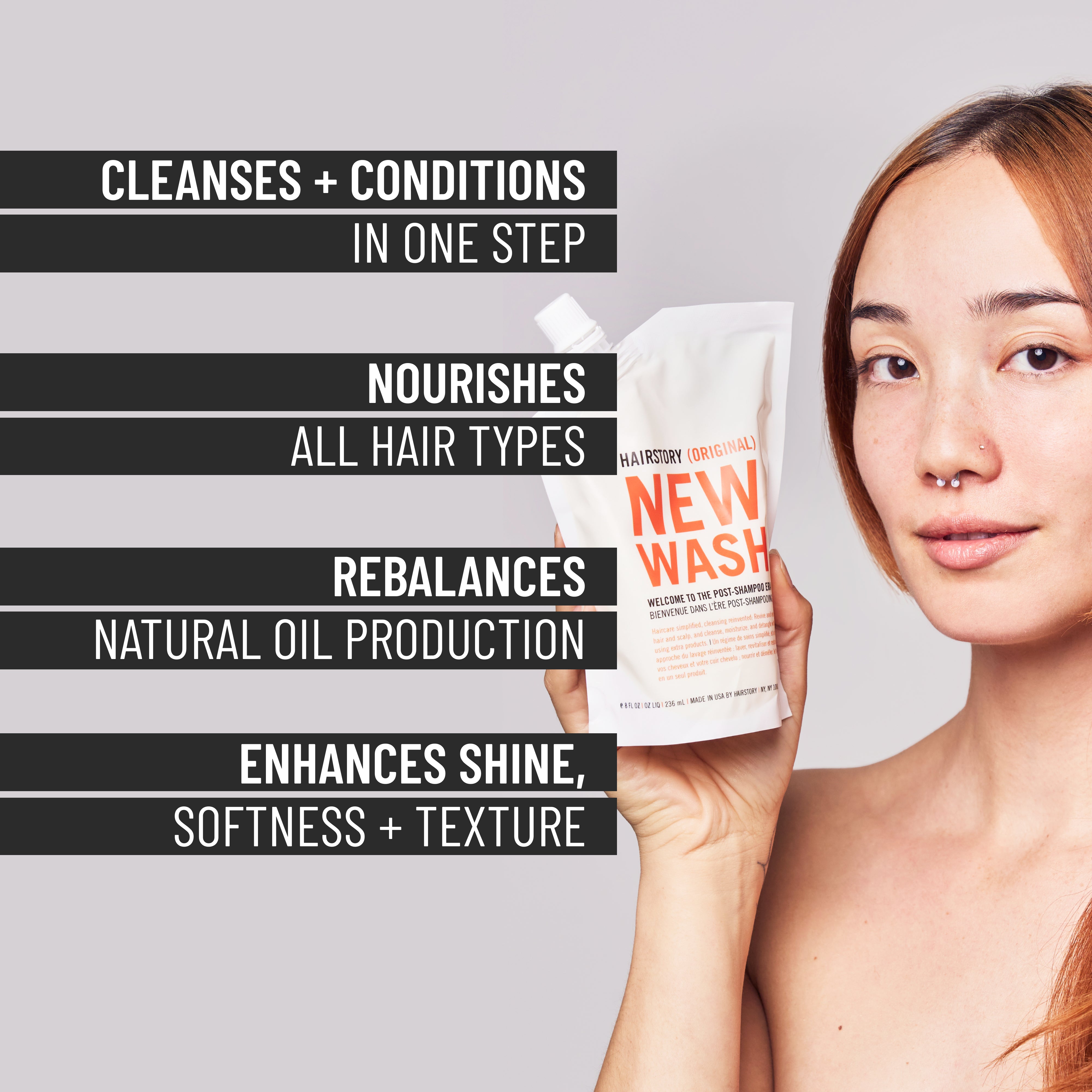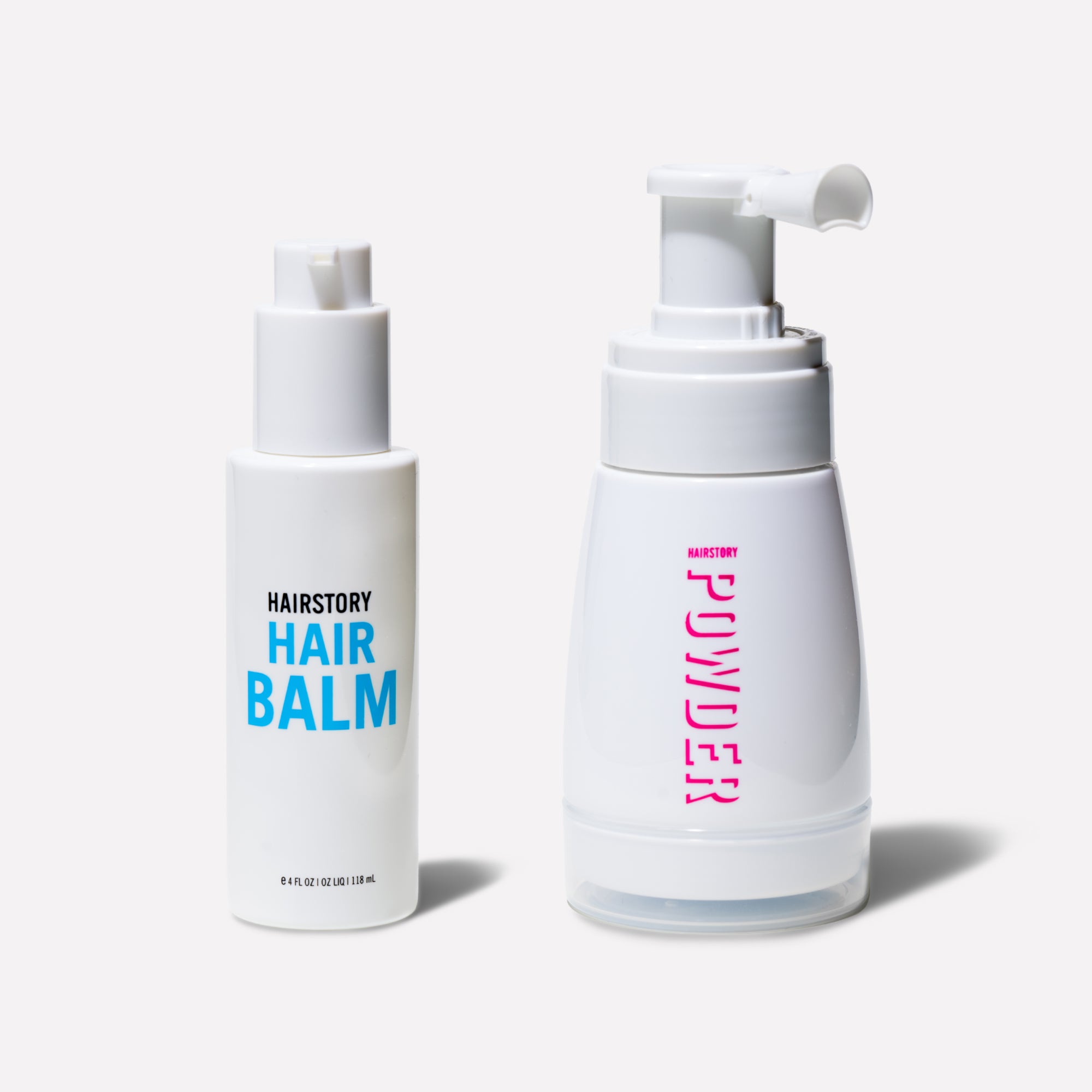Let’s see if we have this straight:
Organic is natural, but natural isn’t necessarily organic.
Organic isn’t synthetic, but natural can be.
Chemicals can be natural, and organic, except when they’re synthetic.
Organic products can be labeled as such even if they’re organic-ish.
Correct? Yes. Confusing? Absolutely!
Of course, when you’re shopping in the produce section of the supermarket, it’s pretty easy: Everything there is natural. If it’s also organic, buy it (if you can afford to). But when you’re in the beauty aisle with products made with dozens of individual ingredients – some natural and others not, some organic and others not – it’s not so easy. According to Campaign for Safe Cosmetics, this is actually one of the least regulated industries out there.
Organic: What we put in our bodies and what we put on them
Across the USA, UK and Australia, certified “organic” is similarly defined: ingredients grown without manufactured pesticides; chemicals; artificial fertilizers; genetically modified organisms; ionizing radiation; sewage sludge; growth regulators and routine use of antibiotics. Organic products may not contain artificial or synthetic colors, preservatives or chemicals, including parabens and sulfates.
The USDA (United States Department of Agriculture) requires that raw or processed agricultural products in the “100 percent organic” category must contain at least 95 percent organic ingredients; all ingredients must be certified organic, processing aids must be organic, and product labels must name the certifying agent.
Products “made with organic ingredients” must contain 70 percent certified organic ingredients. Any remaining agricultural ingredients are not required to be organically produced but must be produced without certain methods.
Sounds sensible, right? Fairly. But when it comes to cosmetics – and when ingredients don’t come from farms – the USDA has no purvue, and the FDA (Federal Drug Administration) takes charge. But The FDA does not define or regulate the term “organic” as it applies to non-agricultural cosmetics, body or personal care products (though they may be certified to foreign organic standards and various private eco-labels at the discretion of the manufacturer).
According to Campaign for Safe Cosmetics, this is actually one of the least regulated industries out there.
If a cosmetic, body or personal care product is made of agricultural ingredients and can meet the USDA organic standards, it may be eligible to be certified, and the standards for food may apply. Products with less than 70 percent organic ingredients are prohibited from using the term “organic” anywhere on the principal display panel but may identify the specific organic ingredients on the information panel.
Note that some ingredients cannot be organic, such as water, salt or clay.
Natural: Made by nature or made by man?
This is a grayer-than-gray area, and the term “natural” is not regulated at all, though not all products using the word are frauds. But it describes such a broad array of matter that it’s a fairly useless guide for making healthful choices. Here’s the thing: substances like petroleum, arsenic, mercury, and poisonous mushrooms are technically natural but potentially harmful. And, a product can be described as natural even if it contains as little as 1 percent naturally-sourced, plant-based or mineral ingredients and up to 30 percent synthetic ingredients.
The good news: The NPA (Natural Products Association) serves to independently certify personal care and home care products in the United States. The association requires that certified products must: include at least 95 percent ingredients from natural sources, excluding water; avoid ingredients with health risks; don’t use animal testing; include biodegradable or recycled material in the packaging; list all ingredients on the package label, and contain 100 percent natural fragrances and colorants. NPA has certified more than 1,200 products and ingredients since 2008. Look for their seal on packaging.
Theoretically, a product labeled as “synthetic-free” contains no man-made ingredients to speak of and is 100% made of naturally occurring elements or compounds. The term “plant-based” might be a little more flexible but generally indicates that the product is made with botanical ingredients. Both terms are unregulated. Remember: A product can be synthetic-free or plant-based and not be organic.
Remember: A product can be synthetic-free or plant-based and not be organic.
Senior Chemist Michael Slayton says, “I think it is somewhat inaccurate to refer to a ‘synthetic-free’ product as containing no man-made ingredients as some of the ingredients invariably go through a ‘man-made’ process.”
Most products require some level of preservatives that are often synthetic; 100% natural products will have a significantly shorter shelf life.
Is a naturally-occurring ingredient better for you than an equivalent made in a lab? Mr. Slayton doesn’t think so: “I do not believe a ‘naturally-occurring’ ingredient is better for you than one made in the lab as there is greater consistency in materials made in the lab as opposed to those from nature.”
Don’t judge an ingredient by its name.
The INCI (International Nomenclature of Cosmetic Ingredients) requires that names appear on product labels in Latin. That means that you may not recognize names for familiar things – Simmondsia Chinensis is how Jojoba is listed; Menthah Peperiata is Peppermint. Also, names that may sound ominously chemical may be ordinary things; sodium cocoate is a processed coconut oil; sodium chloride is merely salt, citric acid is found in lemons and other citrus fruits. Remember that ingredients are listed from highest percentage to lowest, so purists generally aim to pick a product where synthetic ingredients are mainly at the bottom of the list, if included at all.
The word of the year: Non-Toxic
The OED (Oxford English Dictionary) has selected non-toxic at the word most appropriate for 2018. Our skin is our largest organ, and it’s porous; some ingredients applied to it are absorbed into our bloodstream and lymphatic system; “It has a lot to do with the size of the material, type of material, area of the body to which applied, other ingredients/components of the product,” says Mr. Slayton. While the FDA maintains that chemicals typically used in beauty products (parabens, sodium lauryl sulfate, petrolatum, phthalates, synthetic polymers, synthetic fragrances) are safe in small quantities, their long-term effects are not necessarily known.
When companies claim to be non-toxic, they are specifically referring to leaving out ingredients linked to neuro-disruption, hormone disruption, cancer, even death. For example, phthalates give products a uniform consistency and make them easier to pour; formaldehyde is found in nail polish, hair gel, and color cosmetics; petroleum is found in moisturizers and lip balms; lead acetate is found in hair dye and lipstick; coal tar is found in hair dye and anti-dandruff shampoo.
Your choices matter
“There has been a lot of study on the long-term effects of certain chemicals on the body,” says Mr. Slayton. “The issue is that certain studies are misinterpreted and sensationalized while ‘real science’ sometimes get twisted or neglected.”
“The issue is that certain studies are misinterpreted and sensationalized while ‘real science’ sometimes get twisted or neglected.”
So what to do and what not to do? Question marketing. Read ingredient lists. Go for organic where you can, although truly natural products are a step in the right direction. Make conscious and healthier choices by avoiding toxic chemicals, giving the planet a helping hand, saying no to animal cruelty and supporting progressive companies who are trying to do the right thing.















































